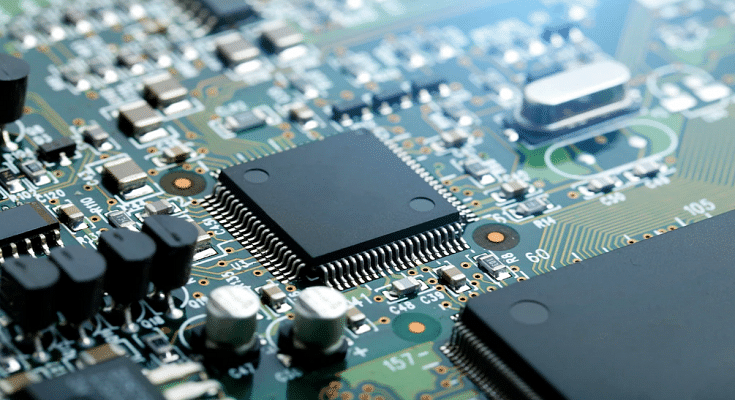Planning to buy a new smartphone? Specifically an Android handset? Well, you have got numerous of options from multiple popular Chinese and non-Chinese smartphone OEMs when you step out to buy one. And most of the smartphone OEMs are currently relying on chipsets from either Qualcomm or MediaTek to power mid-range and flagship-grade handsets.
Qualcomm’s Snapdragon series and MediaTek Helio, Dimensity mobile processors are the commonly found chipsets in most Android phones. We already have compared several of the latest chipsets from both these brands to see which one offers good performance in terms of CPU, GPU, and memory. This time we are pitting down two of the most popular premium mid-range chipsets from both these brands. From Qualcomm, we have selected the Snapdragon 780G which is game-centric processor. Whereas, from MediaTek, we have chosen the Helio G99 which is also a mid-range gaming processor.
Qualcomm Snapdragon 780G Vs MediaTek Helio G99 Chipset: CPU Architecture
Starting this comparison with the Snapdragon 780G chipset, Qualcomm has fabricated it on 5nm process and used an octa-core CPU architecture featuring a single Cortex-A78 core clocked at 2.4GHz, three Cortex A-78 cores clocked at 2.2GHz, and four Cortex A55 cores clocked at 1.9GHz.
On the contrary, MediaTek has designed the Helio G99 chipset using a 6nm fabrication process and has used an octa-core COU architecture comprising two 2.2GHz Cortex-A76 cores and six Cortex A55 cores clocked at 2GHz. The frequency range is 2400MHz with the Snapdragon 780G chipset and 2200MHz with the Helio G99 chipset. Qualcomm has used a better CPU cluster compared to MediaTek for its premium mid-range processor.
Snapdragon 780G Vs Helio G99 Processor: GPU Comparison
The Qualcomm Snapdragon 780G ships with the Adreno 642 GPU which is from the Adreno 600 GPU series. Whereas, the Helio G99 chipset has the Mali-G57 MC2 GPU integration which is from Valhall GPU architecture. The Qualcomm chipset comes with 490MHz GPU frequency with two execution units and 384 shading units. It has a 1.1 Vulkan version, 2.0 OpenCL, and 12 DirectX version which is the same as the Helio G99 and its younger sibling, i.e., the Snapdragon 778G processor. In terms of GPU performance, the Qualcomm Snapdragon 780G is slightly battery compared to the Helio G99.
Snapdragon 780G Vs Helio G99 Processor: Memory, Multimedia (ISP)
As far as memory compatibility is concerned, both Qualcomm Snapdragon 780G and the Helio G96 ships with LPDDR4X memory support. However, the memory frequency range is different. The Qualcomm Snapdragon chipset delivers a 2133MHz frequency, while the Helio G99 processor offers 4266MHz frequency range. Also, the maximum RAM allocation with the Snapdragon 780G is higher at 12GB, whereas, the Helio G99 has a lower up to 10GB max memory size support. In terms of storage, the Snapdragon 780G chipset offers the latest UFS 3.1 storage support, while the Helio G99 comes with older UFS 2.2 storage compatibility.
Speaking of the multimedia support, the Qualcomm Snapdragon 780G chipset offers a max display and camera resolution of 3360 x 1600 pixels and 1x 192MP, 2x20MP respectively. This chipset has the ability to record up to 4K@30fps videos. The video playback support is also the same.
The MediaTek Helio G99 supports 1080 x 2520 pixels max display resolution and 1 x 108MP, 2X 16MP max camera resolution support. This gaming processor has a lower video recording support of 2K@30fps. The Snapdragon 780G outperforms Helio G99 in these segments as well.
